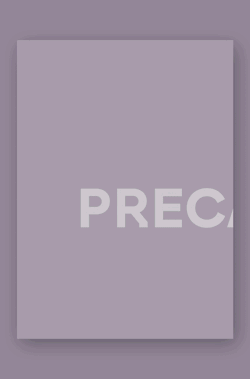Extension of the Z333 public museum. Design Techniques by SO-IL
Published in a+t 45 Design Techniques
March 02, 2016

"STRUCTURE
In architecture, openness positions itself in opposition to typological or programmatic approaches. It is a method of putting forth a certain spatial organization that can house an evolving collection of things and activities, an open framework. A well–designed open system is elemental. In the design for the extension to Z33, Hasselt, Belgium, 2012 –a public museum– the structure acts as a playground for artists, allowing them to cut through walls, paint over floors, and add on to its exterior.
EDGE
An edge can connect or resist, open up or filter out. It can make one slow down. Edge conditions exist both as vertical and horizontal planes –walls, roofs, skins, and wrappers. The design of this edge consists of the calibration of solids and voids, and the definition of this transitional zone.
PRESENCE
We have no desire to ‘honestly’ illustrate the inner workings of the building towards the outside or make solid the generative diagrams of the project. We are also not interested in a new type of ornament in envisioning the way a building is seen. Both structure and edge play a role in the appearance of the project, but we work these elements and knead the material until it becomes pliable and supple, giving shape. We are interested in pursuing forms that resist clarity.
ALLUSION
Allusion is a technique of folding the familiar in the new."
Text extracted from the article "To be determined" (a+t 45 Design Techniques), where Florian Idenburg explains the SO-IL design techniques. Specifically, those applied in the Pole Dance at MoMA PS1, Z333 House for Contemporary Art, Wulpen Community Center, Tricolonnade and Amant, a community arts building in Brooklyn, among others.
a+t 45 Design Techniques looks at different approaches to the creative moment. Authors such as Lacaton & Vassal, Langarita-Navarro, Momoyo Kaiyima and SO-IL reveal their modus operandi, explain how they tackle the project and discuss motivation, devices, influences, justifications, effects and the origins of their design techniques.

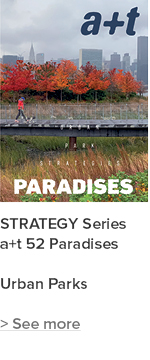
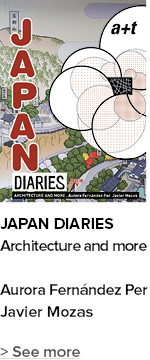
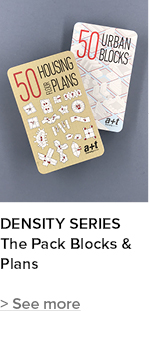
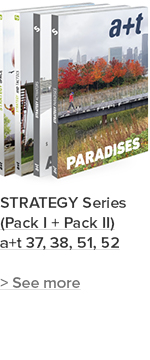
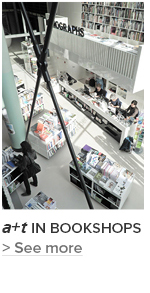
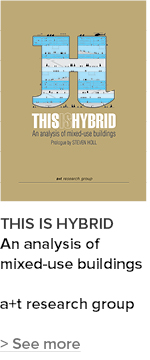
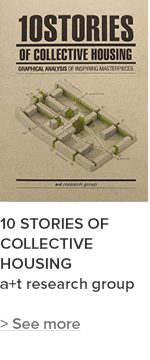
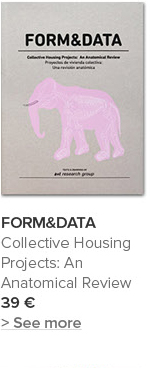
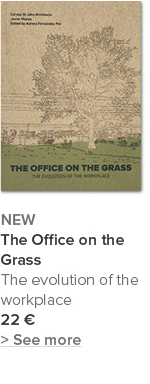
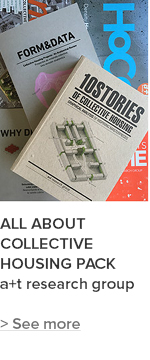
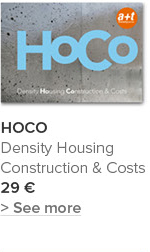
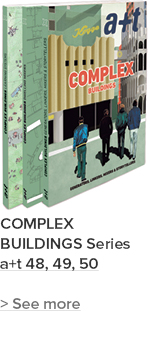
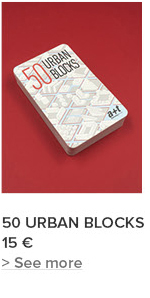
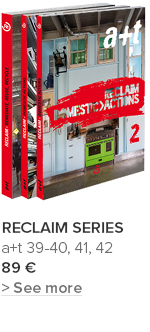
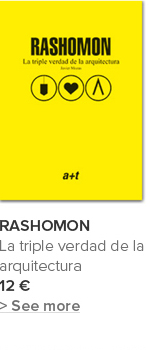
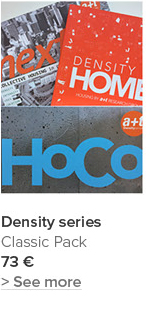

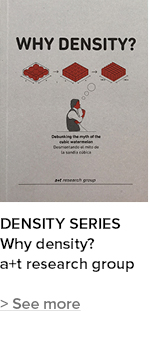


















 I've read and agree to
I've read and agree to 


